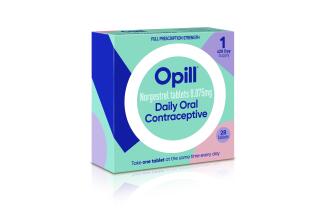Problems with mail-order drugs
- Share via
A three-month supply of maintenance drugs via mail order is “often” the same co-pay as a one-month supply at a drugstore? I wish somebody would tell that to my HMO. Its mail-order plan offers me a whopping $5 reduction from the usual co-pays for each three-month supply of medication. That’s $5 total, or $20 a year.
You quote an industry-financed study that claimed consumers could save as much as $85 billion through 2016 by using mail-order plans. I suspect it’s the mail-order pharmacies themselves that would save that much if we used their services; mine, at least, isn’t passing any savings on to me.
SARAH FORTH
Los Angeles
*
The article on drug costs was informative, but it did not mention a significant risk factor in the importation of drugs from Canada and other foreign sources. The reason the Food and Drug Administration opposes importation is the proliferation of bogus copies of prescription medicines, proven on many occasions when shipments have been confiscated and tested.
Articles about legalizing drug importation often omit this serious risk to the public and just cite the cost difference. Canada and other foreign countries are not regulated by the same FDA standards as in the U.S.
To simply highlight that the public can purchase the same drug for less without disclosing that there is a possibility of taking a bogus, harmful pill is like driving under the influence.
WAYNE MURAMATSU
Cerritos
*
If everyone follows the advice of this article, then independent pharmacies will no longer exist. “What’s wrong with that?” you may ask. Ask my many customers who have recurring problems with their mail-order deliveries, or the many seeking more competent service and drug information than large retail stores provide. We are headed into dangerous waters if foreign and mail-order pharmacies are the best solution.
TOM PRICE, RPH.
Pacific Palisades
More to Read
Sign up for The Wild
We’ll help you find the best places to hike, bike and run, as well as the perfect silent spots for meditation and yoga.
You may occasionally receive promotional content from the Los Angeles Times.






